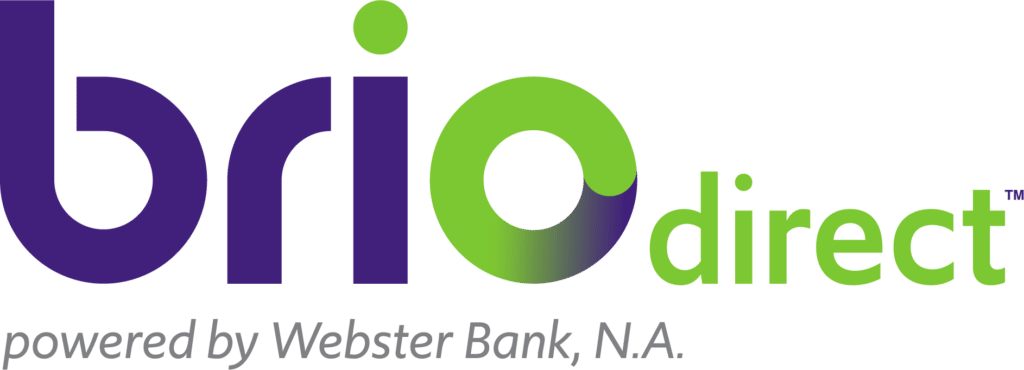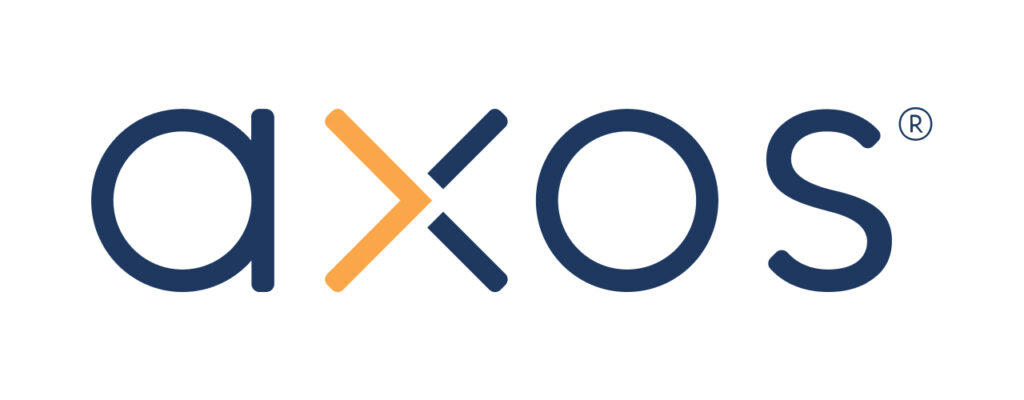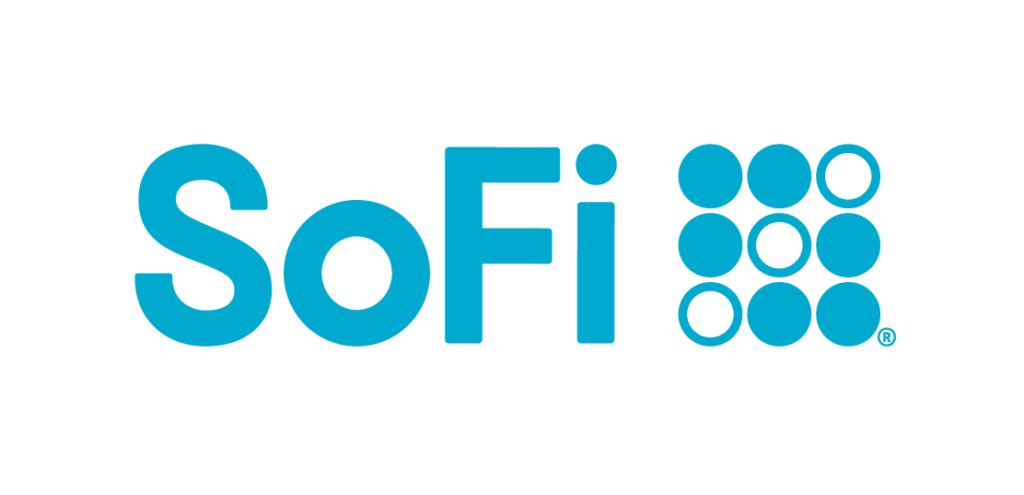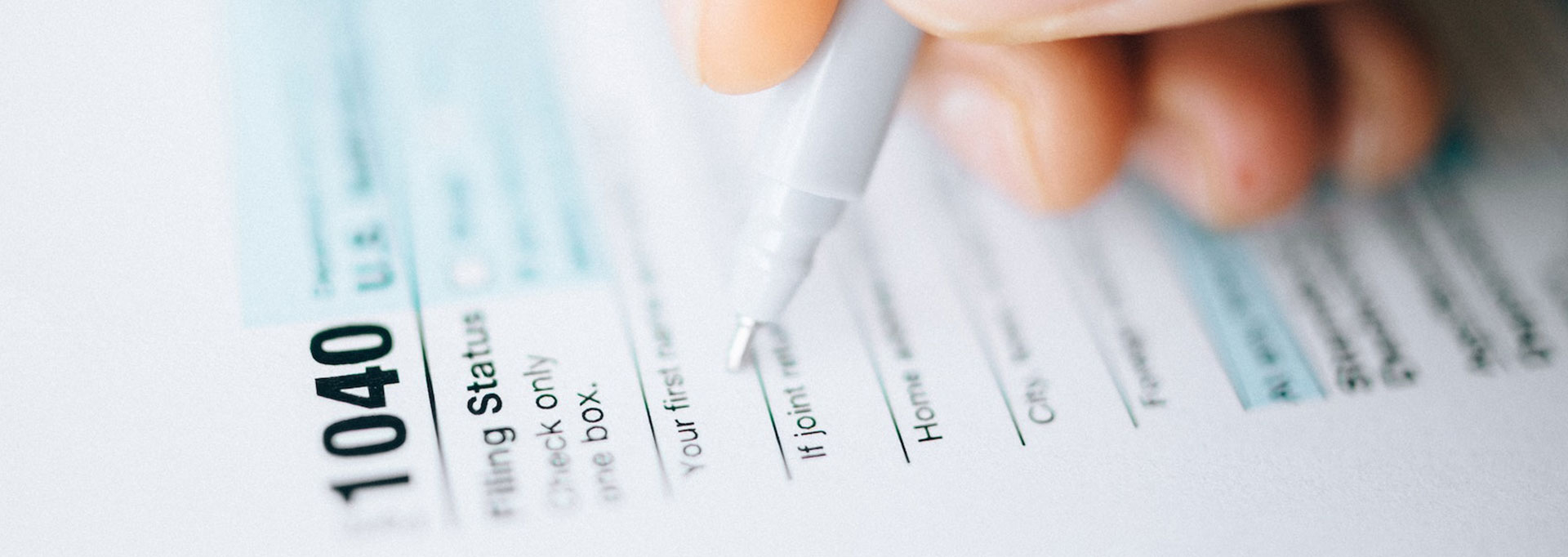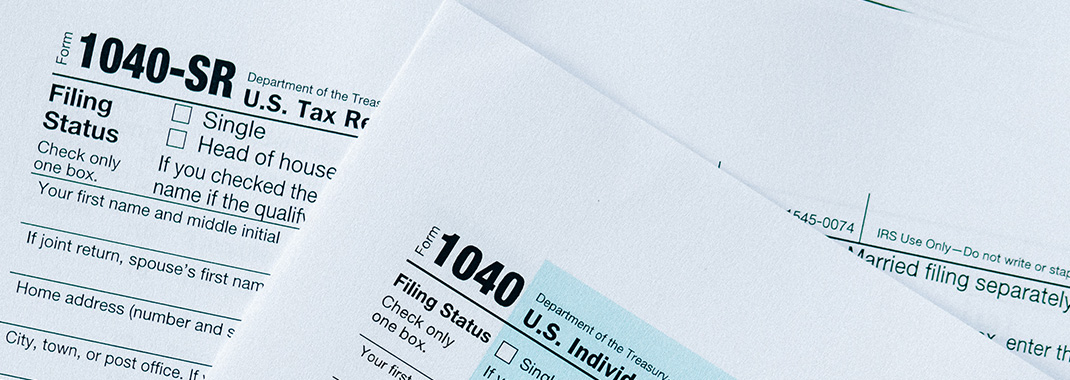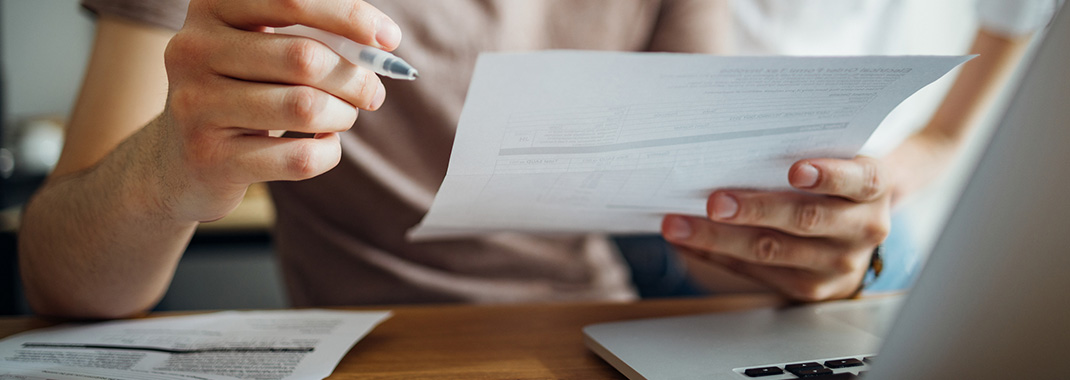Most products on this page are from partners who may compensate us. This may influence which products we write about and where and how they appear on the page. However, opinions expressed here are the author's alone, not those of any bank, credit card issuer, airline or hotel chain.
Working as a freelancer can allow you to do what you love and give you the flexibility to balance work with the rest of your life. But come tax time, being a freelancer can be stressful. The tax process for independent contractors works differently than for W-2 employees, so it's crucial to understand what you need to do so you don't get stuck with a huge tax bill you can't afford.
The good news is that if you follow the steps outlined below, you can make the process a bit smoother and more predictable. Here's everything you need to know about paying taxes as a freelancer.
Taxes How to Pay Taxes as a Freelancer
-
1
Understand the Forms
Your specific documents might vary, but 1099-NEC is a common tax form you might receive as a freelancer. And you'll likely need to include a Schedule C form when you file your taxes.
-
2
Pay Quarterly Taxes
Because your clients typically don't withhold federal and state taxes from your payments, you'll need to pay taxes throughout the year.
-
3
Track Income and Receipts
As a small business owner, you're responsible for keeping track of your income and expenses. If you accidentally underreport your income, you can get penalized or miss our on valuable tax deductions.
-
4
Set Money Aside for Tax Payments
This can help ensure you pay enough and don't face a penalty during tax season. Estimating payments can be tricky, so you have some back-up cash for unexpected tax hikes.
-
5
Know What You Can Deduct
The tax code surrounding business expenses can be complicated. Not only do the expenses have to be ordinary and necessary for operating your business, but some must meet other rules to qualify.
-
6
Work With a Tax Professional
Even if your tax situation is straightforward, a professional understands the tax code and can help you take advantage of tax breaks you might not be aware of. They'll also help you steer clear of things you shouldn't do when filing your tax return.
1. Understand the Forms
The most common tax form you'll receive as a freelancer is the 1099-NEC form. NEC stands for nonemployee compensation. This form has replaced the 1099-MISC form, which was previously used to report payments clients make to independent contractors, among other things like rent and payments to an attorney.
You'll receive a 1099-NEC form from each client that paid you more than $600 during the tax year. Even if you don't earn enough to merit the form, you'll still need to report that income on your annual tax return. This form includes both your and the payer's names, addresses and taxpayer identification numbers. It also shows your nonemployee compensation for the year and how much federal and state tax was withheld. While some clients withhold taxes, it's rare (unlike with an employee who sees both federal and state taxes withheld on their W-2).
You'll also need to file a Schedule C when you file your taxes. This form aggregates your income and expenses to show your business' net income, which is the number you'll use to figure out how much you owe.
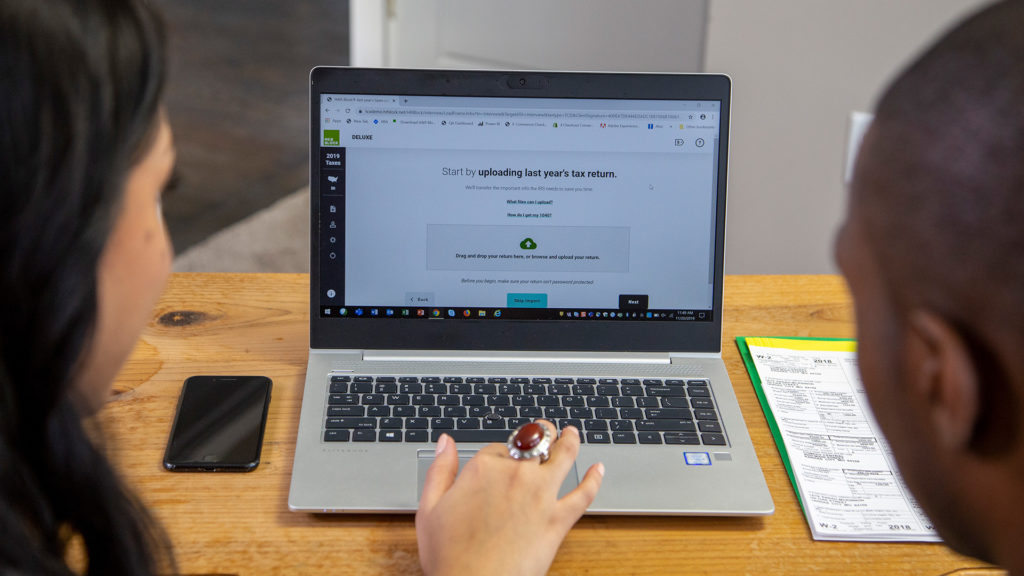 Related Article
Related Article
9 Best and Cheapest Online Tax Services
2. Pay Quarterly Taxes
The federal government penalizes taxpayers who don't pay enough. More specifically, if you owe $1,000 or more and paid less than 90% of what you owed on the previous year's tax return, the IRS will assess a penalty based on how much you owe.
In general, freelancers should plan to make quarterly tax payments, which you can do through the IRS website or with one of its third-party payment providers. The deadlines to pay quarterly taxes are typically:
- April 15
- June 15
- September 15
- January 15 the following year
Note that these dates shift slightly some years, depending on where holidays and weekends fall.
Quick Tip
Use Form 1040-ES to calculate how much estimated tax you owe each quarter and make the payment. Or you can hire a tax professional to help you run the numbers and file your quarterly payments.
3. Keep Track of Your Income and Receipts
If you accidentally underreport your income, you could receive a bill with penalties and interest from the IRS, sometimes years later. On the flip side, if you don't count all of your expenses, you'll miss out on valuable deductions, which reduce your taxable income. Part of tracking your expenses includes keeping your receipts. In the event that the IRS audits you, you'll want to be able to prove your expenses and show that they're related to your business.
It's helpful to open a separate business checking account and business credit card for your freelance work. It may seem simpler to use your personal accounts, but when it's time to tally your income and expenses, it can be difficult to weed out the personal expenses on your statements. Plus, if you have a credit card and carry a balance, you can only deduct the interest on eligible business-related purchases, which can be difficult to calculate if you're using the same card for business and personal expenses.
Several apps and services can help you keep track of your expenses:
- Wave
- FreshBooks
- QuickBooks
- Xero
In addition to keeping track of your accounting, some of these services also allow you to upload receipts, though it's also a good idea to hold onto the originals.
 Related Article
Related Article
How to Earn $400 With Chase Business Complete Checking
4. Set Money Aside
To make estimated tax payments, consider setting aside a portion of every payment you receive from clients. Even then, estimated tax payments aren't an exact science because you can't predict all of the factors that can influence your tax bill. So even if you're making those payments every few months, it's still a good idea to keep some cash in a high-yield savings account in the event you still owe when you file your return.
It doesn't necessarily have to be a business savings account. Just make sure it's separate from your personal savings to avoid trouble.
Recommended High-Yield Savings Accounts
| Bank Account | APY | Features | Learn More |
|---|---|---|---|
|
|
4.50%
*Annual Percentage Yield (APY) is variable and is accurate as of 4/02/2025. Rate is subject to certain terms and conditions. You must deposit at least $5,000 to open your account and maintain $25 to earn the disclosed APY. Rate and APY may change at any time. Fees may reduce earnings. |
$5,000 min. deposit |
Open Account |
|
|
Up to 4.66%
Earn up to 4.66% APY on savings, and 0.51% APY on checking when you meet requirements. |
No minimum deposit |
Open Account |
|
Member FDIC |
0.50% - 3.80%
SoFi members who enroll in SoFi Plus with Direct Deposit or by paying the SoFi Plus Subscription Fee every 30 days or with $5,000 or more in Qualifying Deposits during the 30-Day Evaluation Period can earn 3.80% annual percentage yield (APY) on savings balances (including Vaults) and 0.50% APY on checking balances. There is no minimum Direct Deposit amount required to qualify for the stated interest rate. Members without either SoFi Plus or Qualifying Deposits, during the 30-Day Evaluation Period will earn 1.00% APY on savings balances (including Vaults) and 0.50% APY on checking balances. Only SoFi Plus members are eligible for other SoFi Plus benefits. Interest rates are variable and subject to change at any time. These rates are current as of 1/24/25. There is no minimum balance requirement. Additional information can be found at http://www.sofi.com/legal/banking-rate-sheet. See the SoFi Plus Terms and Conditions at https://www.sofi.com/terms-of-use/#plus. |
No minimum deposit |
Open Account |
|
|
4.10%
Earn 4.10% APY on balances over $5,000. Balances of less than $5,000 earn 0.25% APY. Annual Percentage Yield is accurate as of March 19, 2025. Interest rates for the Platinum Savings account are variable and subject to change at any time without notice. |
$100 minimum deposit |
Open Account |
5. Know What You Can Deduct
The best way to find out if an expense is deductible is to work with a tax professional or visit the IRS website. That said, here are some common deductions you may be able to take:
- Office rent or mortgage payments
- Office supplies and furniture
- Home office expenses (as long as you meet IRS requirements)
- Utilities
- Payroll costs
- Small business insurance
- Business loan interest payments
- Fees
- Advertising and marketing
- Inventory expenses
- Mileage
- Business meals (there are strict criteria with these, so be careful)
In contrast, here are some expenses that you can't deduct on your tax return:
- Political contributions
- Fines and penalties
- Capital expenses
- Expenses from illegal activities
- Hobby losses
- Entertainment
- Business clothing other than uniforms
Again, make sure you're working with a tax professional or following the instructions on the IRS website to maximize your business deductions without taking ones you don't qualify for.

6 Best Banks for Small Businesses
6. Consider Working With a Tax Professional
As previously mentioned, working with a tax professional on your freelancer taxes may be the best way to go, especially if it's your first time. The average cost of hiring a tax professional for a non-itemized individual tax return is $220 according to data from the National Society of Accountants. And with a Schedule C for your business, you'll add another $192 on top of that, for a total of $412. That may seem steep, especially if you're new to freelancing and don't have a lot of income from it yet.
But the additional cost can not only help reduce your tax liability but also ensure you do things right and avoid problems with the IRS. Also, keep in mind that the actual cost can vary based on where you live and your other tax needs.
Online Tax Services
If you already have a good system in place for your taxes or you've worked with a tax professional in the past and know enough to do it alone, there are several online tax preparation services you can use to file your return on your own. While many tax software options offer free services, you'll typically need to pay a premium for business taxes, though some offer free options.
As you research your options, compare prices, as well as other features, such as audit support, ease of use, tax forms supported and the payment/refund process.
 Related Article
Related Article
9 Best and Cheapest Online Tax Services
The Bottom Line
Figuring out self-employment taxes for your freelance business can be daunting, especially if it's your first time. Take time to understand the differences between taxation for traditional employees versus independent contractors and the steps you can take to reduce your annual tax return bill without breaking the rules.
While it's possible to use online tax preparation services, consider hiring a tax professional, at least for the first time, so you can make sure you complete the process accurately and effectively.






